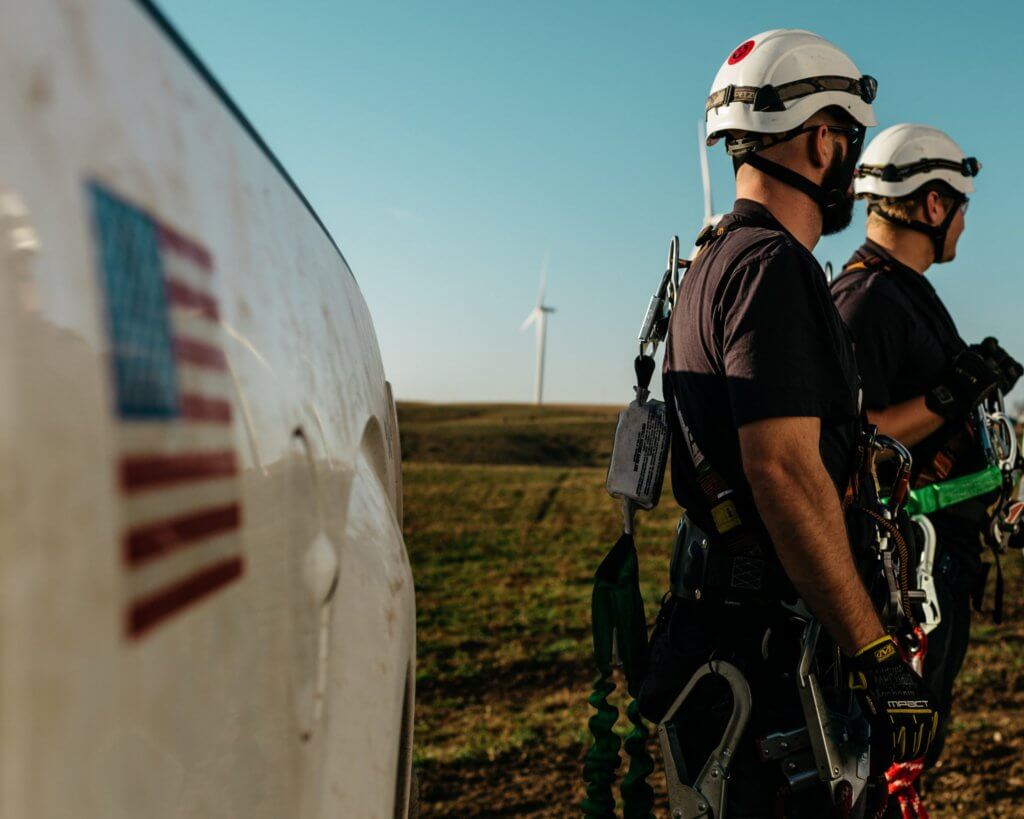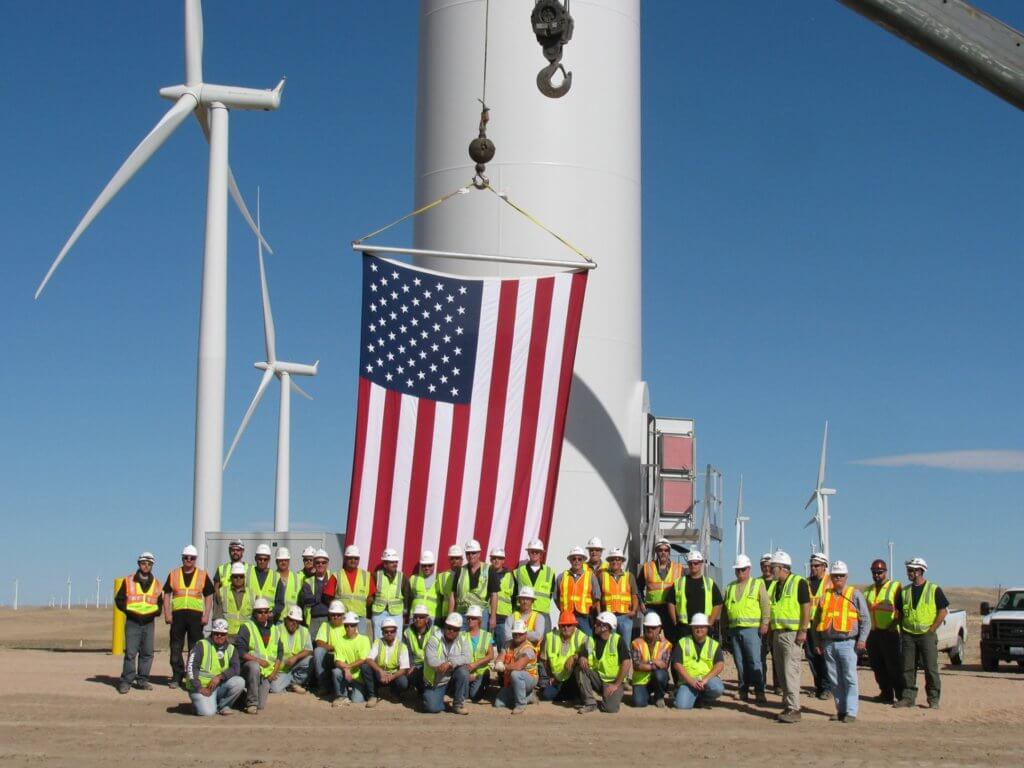News roundup: Bipartisan wind power, harvesting Texas wind, tech pioneers invest in clean energy
We start off the week with news on the PTC’s success as a bipartisan incentive, a proposed community wind project in West Texas, and how big tech companies are reducing their carbon footprint with clean energy.
Both sides of the aisle know a good deal when they see one, and wind power is a perfect example:
- The political winds in the nation’s capital shifted on Thursday in favor of wind energy. A Senate committee passed a bill that would restore two key tax credits for the wind industry. Both credits have helped spur the sector’s rapid growth in recent years, but Congress allowed them to expire at the end of last year.
- A number of Senators on both sides of the aisle highlighted the success of the PTC and ITC. Grassley spoke at length in favor of the tax credits, and called [Pa. Sen. Pat] Toomey’s arguments against their extension “intellectually dishonest,” considering billions of dollars a year in permanent incentives for other forms of energy with which renewable energy competes.
- The wind energy industry cheered the development and called on the full Senate and the House to follow suit. “Passage by the full Congress will preserve an essential incentive for private investment that has averaged $15 billion a year into new U.S. wind farms, and create more orders for over 550 American factories in the supply chain,” said Tom Kiernan, chief executive of the American Wind Energy Association.
West Texans aren’t strangers to wind power, but a proposed community wind project there would be the largest, ever, in the world:
- “I farm for a living and I look at this as a supplement to my agricultural income,” said Mike Price, president of Hale Community Energy. With about 340 landowners invested in the project, Tri-Global’s subsidiary corporation, Hale Community Energy, will have created the largest community wind farm in the world — when it’s complete.
- No one can deny West Texas has an abundance of wind. But when a company is talking about more than 500 turbines with a seven-figure price tag on just one, the idea of deep pockets is kind of an understatement. That’s where Tri-Global CEO John Billingsley’s business plan comes into play. Landowners lease the land’s wind rights to the subsidiary corporation and earn royalties once the farm is operational, whether or not a turbine is on the property. Independent investors can get a piece of the pie without contributing wind rights, Billingsley said.
- “Whenever it’s all said and done and these things do get built and are in operation, about 75 to 85 percent of that money will stay in the local communities,” Billingsley said. More than that, after the wind farms are operational, Price said about 20 full-time employees will be hired to maintain the turbines.
Technology giants like Google and Facebook are known for their innovations in the web space, but some of these industry pioneers have also shown an appetite for reducing their carbon footprint with clean energy:
- The Internet is capable of doing so much, but perhaps the idea that it can help rescue the planet from runaway global warming comes as a surprise to you. Every time we post a Facebook status to our friends, watch the latest episode of our favorite show on Netflix, or tweet to our followers, that information is housed in giant data centers which require a lot of electricity. These data centers are a key part of the cloud, and a single one can require as much energy as a medium-sized city.
- …[U]nlike other major online brands like Google and Apple, Amazon is still primarily powering its digital empire with the dirty sources of energy … Of course, Amazon doesn't have to remain stuck in the energy sources of the 1800s. Energy sources like wind and solar made up for more than half of all the new electricity in the United States in 2012.
- Meanwhile digital pioneers are making our world greener, both online and offline. Apple is operating the largest privately owned solar installation in the U.S. at one of its data centers. Facebook pushed a U.S. power company to supply its data center with 100 percent wind energy. Google has pioneered the use of clean power purchases, buying wind energy to provide electricity for its services like Gmail and YouTube, as well as the rest of the power grid.
- Simply put, we need a greener online to preserve a greener offline.
Sources:
John Upton, “Republicans join Democrats in trying to revive wind energy incentives”. Grist. 4 April 2014.
R.S. Douglas, “Energy company aims to harvest West Texas' abundant resource.” Lubbock Avalanche-Journal. 5 April 2014.
Kumi Naidoo. “How the Tech Industry Can Help Save the Climate.” Huffington Post. 4 April 2014.




